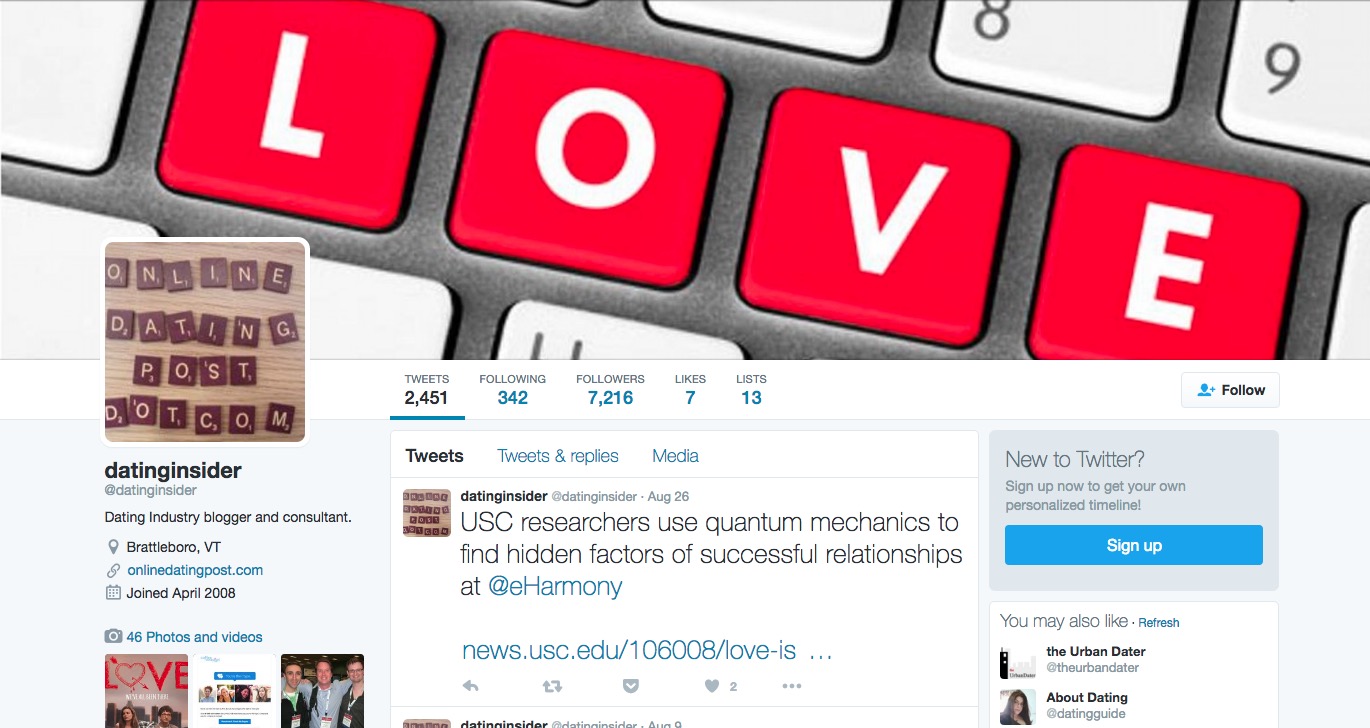If you haven’t read it, OKCupid’s Online Dating Advice: Exactly What To Say In A First Message, should be required reading for every online dater, regardless of which sites they are on. It should be a must-read for every dating coach or profile writer out there.
OkCupid is really hitting their stride with their analysis of how members use the site. I love their intro to Your Race Affects Whether People Write You Back.
Welcome back, dorks. We’ve processed the messaging habits of almost a million people and are about to basically prove that, despite what you might’ve heard from the Obama campaign and organic cereal commercials, racism is alive and well. It would be awesome if the other major online dating players would go out on a limb and release their own race data, too. I can’t imagine they will: multi-million dollar enterprises rarely like to admit that the people paying them those millions act like turds. But being poor gives us a certain freedom. To alienate all our users. So there.
No other dating site in the history of online dating has ever made this level of analysis public. Disclaimer: I am extremely biased towards OKCupid lately. It happens. The last few years it’s been Match, but things change. Or in Match’s case, they don’t. Match is a solid company delivering a great service, but its resorted to copying other sites now, letting other innovate and cherry-picking what works and delivering a watered-down version of many social features. I can’t blame them, as a juggernaut in the online dating space, a few wrong moves and Match could lose major market share and never gain it back, it’s simply too expensive.
OKCupid and PlentyofFish are the pioneers now, and to some extent Thread and Gelato as well. The rest of the industry, with few exceptions is sitting back, watching and then copying. Nothing wrong with that if you want to play it safe. But safe is boring.
OKCupid explanation of “Match Percentageâ€:
We all know what it feels like to meet someone you really like, but, unfortunately, feelings are something web servers have trouble with. Therefore, our first goal with OkCupid was to quantify this elusive idea of “compatibility†so we could accurately suggest users to each other.
It’s not as simple as saying, Mary really likes hockey and Bob really likes hockey, therefore they are a good match—which is how many dating sites work. What if instead Mary really likes being dominated during sex? If Bob also needs to be dominated, and good sex is important to them, Bob and Mary are terrible matches. In bed, at least, they both want their opposites.
So, for example, if two people match each other 69%, what it means is that they are very likely to like each other, based on their own definitions of what makes a person attractive, not ours. OkCupid is no more responsible for people’s match percentages than Microsoft Excel is responsible for their net worth.
This, and other thought experiments, eventually led us to a definition of compatibility that’s user-defined. After all:
- You’re great in all kinds of ways we don’t understand.
- You have specific needs we can’t possibly categorize.
- You don’t want our advice, you want to meet people you’ll like.
This is incredibly fascinating stuff that I find much more interesting than the number of successful relationships touted by certain dating sites. I’m sure that eHarmony Labs has reams of data and analysis but they don’t and can’t share it with their users, who would absolutely freak out about privacy issues before they even consider the results.
Recently I was in a room full of singles and the majority of them were not on top 10 dating sites. That was an absolute revelation. The times, they are a-changing.

